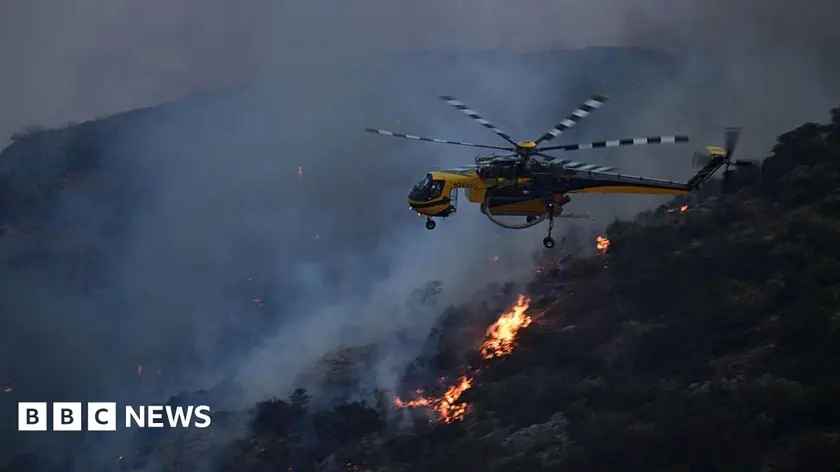T4K3.news
Colorado wildfires stretch resources as weather stays hot and windy
Two lightning fires blaze across western Colorado, threatening towns and energy infrastructure as crews work against dry fuels and a harsh forecast.
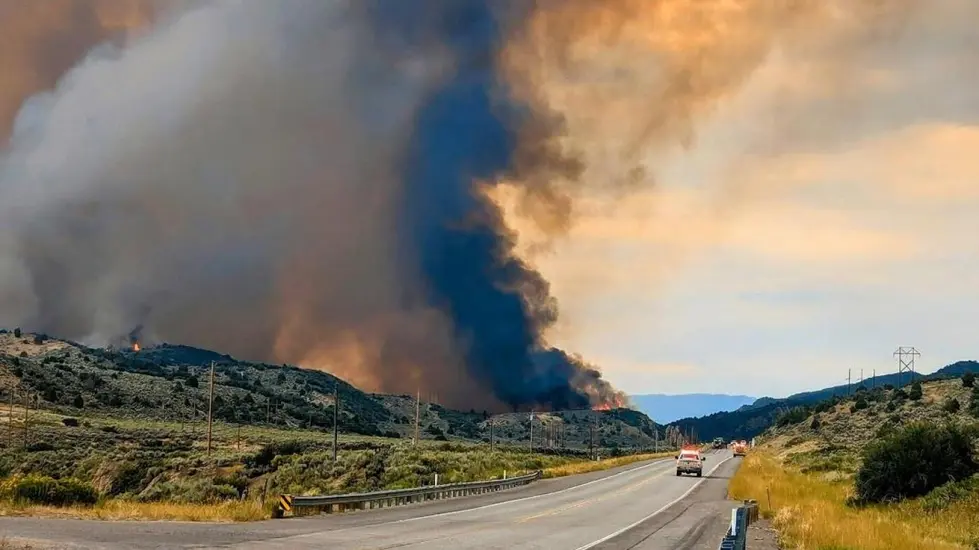
Two lightning fires in western Colorado blaze across more than 120000 acres as crews chase containment under windy, hot conditions.
Colorado wildfires test firefighting teams amid drought
Two lightning caused wildfires in western Colorado have burned across more than 120000 acres as crews fight windy, dry conditions. The Lee Fire has forced evacuations in two counties, and at one point was within about a mile of the town of Meeker. Fire officials say drought stressed fuels, like piñon juniper, speed spread and complicate containment. Crews have had to pull back at times for safety as flames move through dry terrain. The influx of resources is helping, aided by a relatively quiet wildfire season so far this summer. In Meeker, local business owners report rapid arrival of crews and support services as containment lines are built along a state highway to shield the town. Poor air quality remains a concern in western Colorado and nearby California, where the Gifford Fire has burned over 117000 acres and prompted evacuations. Forecasters expect hot, dry and windy weather to persist in the Southwest through the week, keeping firefighting efforts in a difficult race against conditions.
Key Takeaways
"This is the kind of fire driven in part by the significant drought-stressed fuels that are out there."
Bethany Urban describes why the fire spreads quickly.
"All of these people, men and women, have come from everywhere. They were here so fast."
Michelle Morgan on the arrival of crews to Meeker.
"There have been times where we've had to pull firefighters back just to keep them safe."
Urban on safety measures during containment.
These fires underscore how climate driven drought and dry fuels are reshaping the danger zone for wildfires. When winds pick up even briefly, the kind of spread seen here can outpace containment lines and overwhelm local resources. The episode also highlights gaps between weather windows and long term planning, including forest management and community safeguards. While crews are arriving from across the region, the scale of these blazes tests budgets, logistics and coordination among agencies. For communities, the immediate challenge is sheltering residents, protecting critical infrastructure and maintaining air quality, all while a longer term question hangs over recovery and preparedness.
Highlights
- Drought fuels make even small winds deadly.
- Crews arrive fast when danger is near.
- The town holds its breath as flames edge closer.
- Containment becomes a race against heat and wind.
Budget and public safety pressures in wildfire response
The spread of fires through drought-stressed fuels tests state and local budgets for firefighting, evacuations, and air quality management, with heightened potential for political scrutiny and public reaction.
As weather stays hostile, communities and responders will weigh safety against recovery and resilience
Enjoyed this? Let your friends know!
Related News
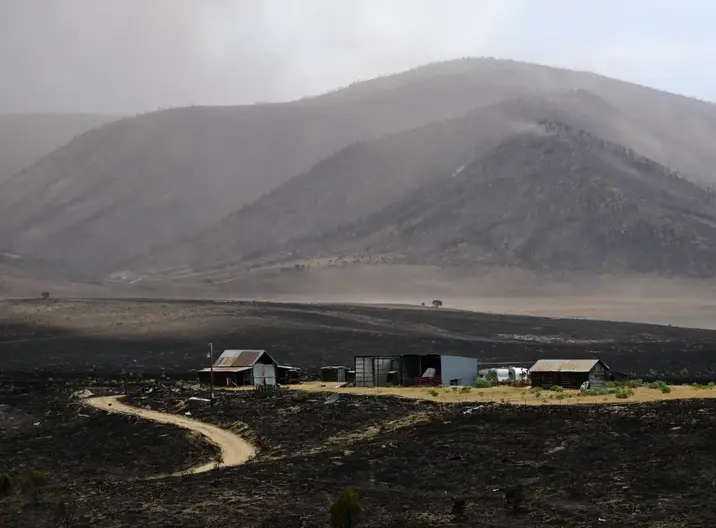
Lee fire grows forcing new evacuations
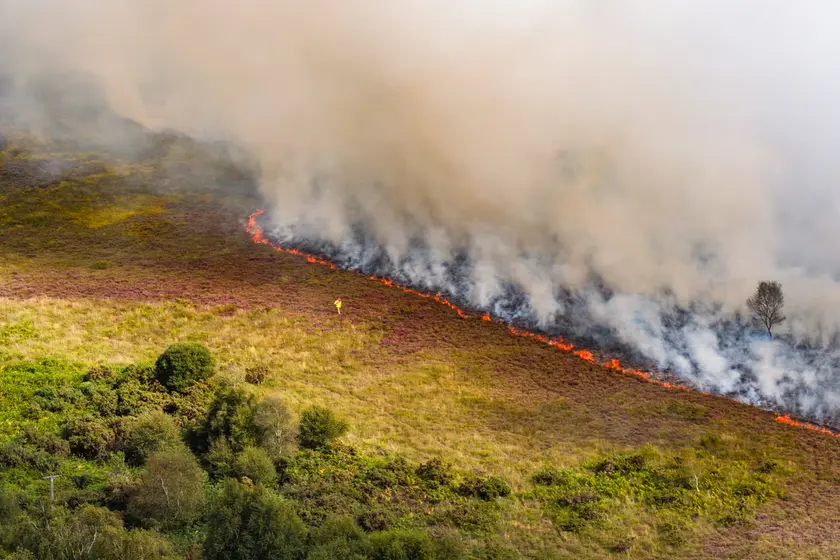
Holt Heath fire under major incident
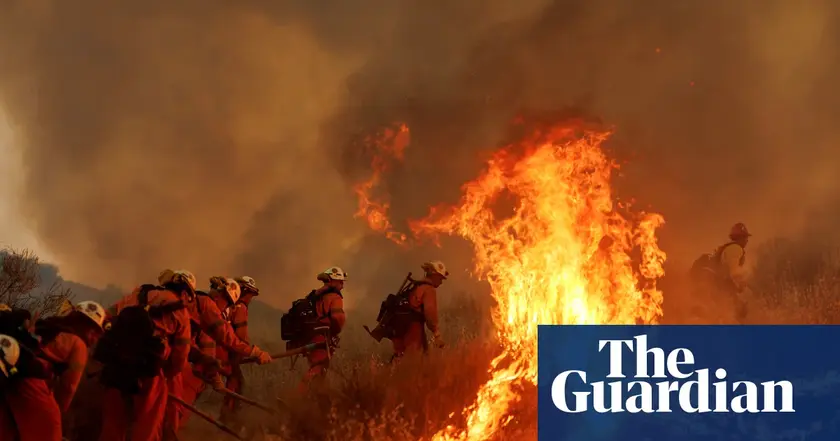
California wildfire prompts evacuations
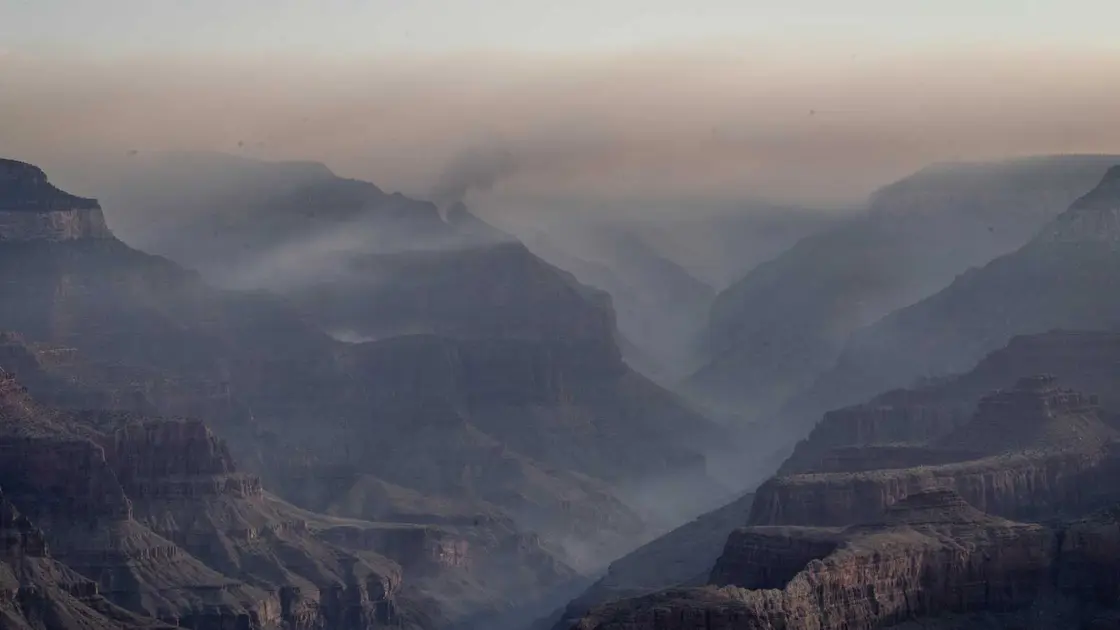
Wildfire smoke forecasting tools reviewed
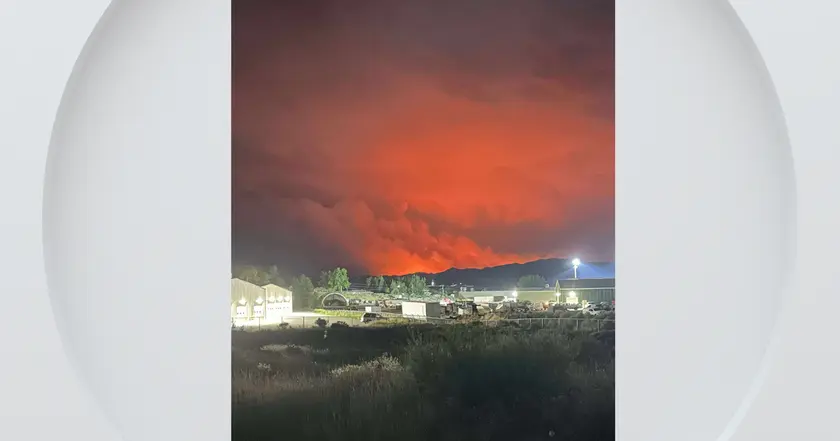
Lee Fire update
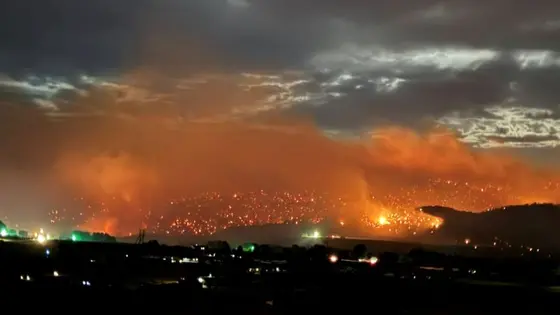
Rifle Prison evacuated as Lee Fire grows
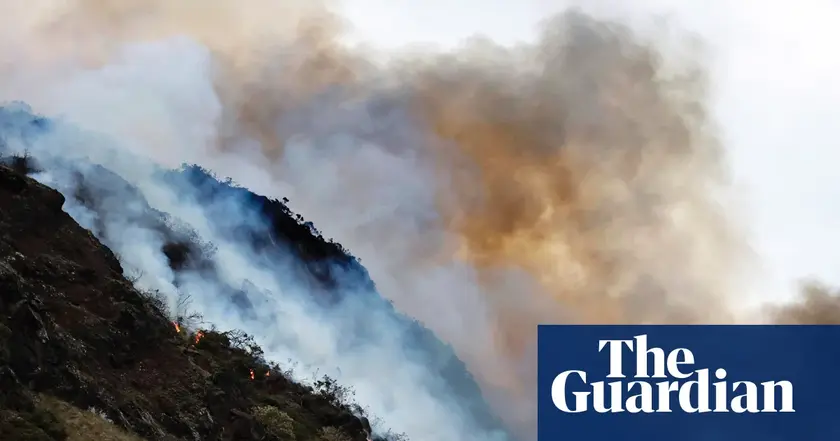
Edinburgh wildfire on Arthur's Seat
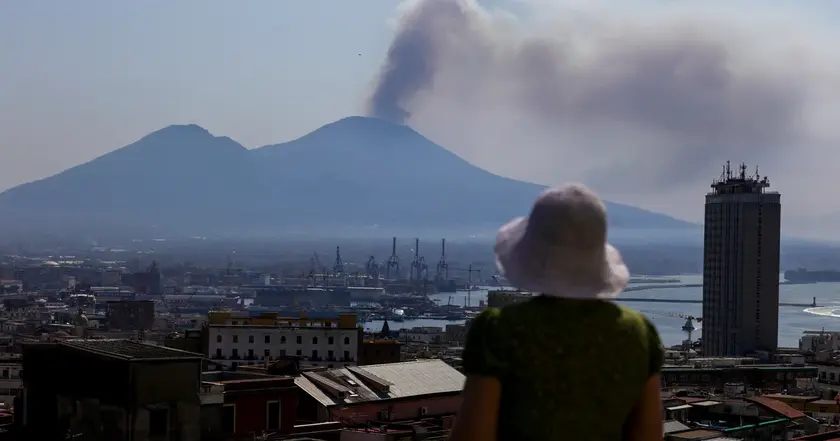
Vesuvius wildfire closes trails near Naples
